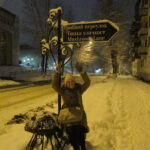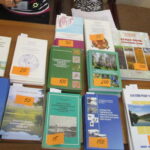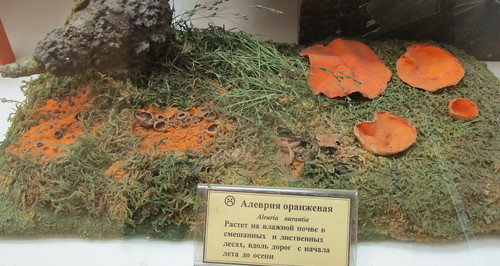In close proximity to Yugra region, Komi republic is located in European part of Russia closer to the Center and probably due to historical reasons, scientific history is longer and institutions (at least in biology) are quite well developing there. There is a center of this research in the Institute of Biology of Komi with many research directions from biodiversity, vegetation science to Geoinformatics and Climatology. The network of Nature protected areas is also well developed and includes about 13% of the region’s total area.
The research interests of the institute increasingly concern high latitudes, e.g. arctic ecosystems and the majority of reports were about this zone. As i had only shortly visited this zone before (mainly near polar circle and not far north), i have become inspired now by special nature and diverse research work there. It was possible to listen to all sections of the conference, so that the reports about vegetation, floras, cryptogamic plants, algae, protists, fish, birds, soils and many other were following one after other, showing different aspects of biology at Far North.
Also two round tables with short reports and vital discussions finished the program of two days: about vegetation classification + mapping and about climate changes. I remember enjoying these disputes as they were informal and of current interest of the gathered audience. And dances and songs finished the program of the third day, very nice:).
I met several mycologists and lichenologists working in Syktyvkar, and hope that our friendship will help study our neighbor regions in more detail in future. Many thanks to the organizers and all other colleagues for very interesting meeting and communication! Hope to visit Syktyvkar soon again!)
- Institute of Biology of Komi, memorable faсade
- Found a right street and sculpture in Syktyvkar 🙂
- The collection of fungi in SYKO (Institute of Biology of Komi)
- The collection of regional literature available for purchase at the conference






